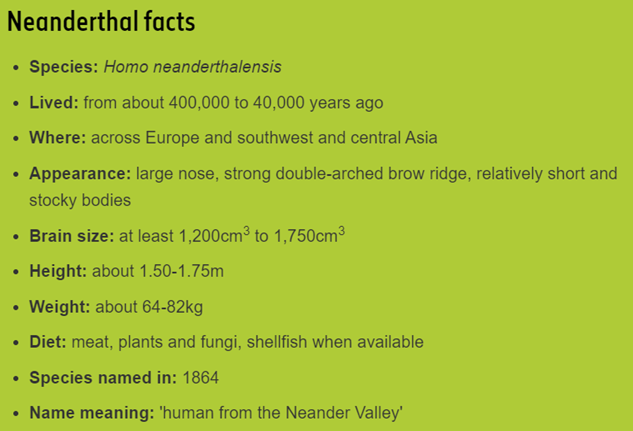Free Courses Sale ends Soon, Get It Now


Free Courses Sale ends Soon, Get It Now



Disclaimer: Copyright infringement not intended.
Context
Details
Who are Neanderthals?
Recent Findings
Features
Some Facts of Neanderthals

|
PRACTICE QUESTION Q. How has the study of Neanderthals contributed to our understanding of human evolution and the origins of Homo sapiens? Explain with examples and recent findings." |
© 2024 iasgyan. All right reserved